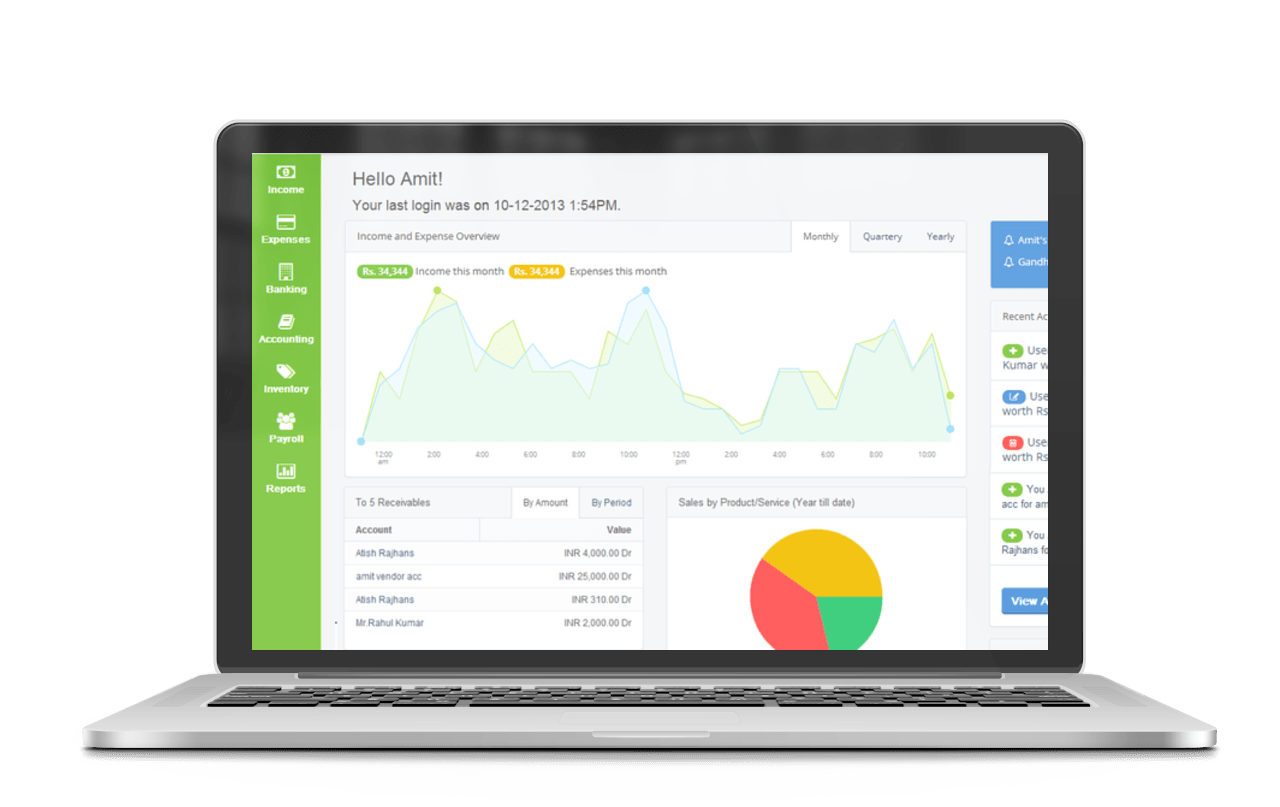
The Roth IRA calculator will help you determine how much you can contribute to your account and how much you can withdraw tax-free. Find out how to maximize your contribution limits and tax-free income. Read on to discover the advantages of a Roth IRA and start planning your retirement. You don't have to wait until retirement to put money into a Roth IRA. To maximize your contribution, you will need to adhere to certain rules.
Tax-free growth
A Roth IRA calculator gives you an estimate of the growth of your money. It also compares it to regular taxable saving. These savings accounts were created for U.S.-residents, but you can also find information about other types. A Roth IRA can be worth 240,000 more than a regular saving account when you reach 65. Furthermore, Roth IRA investment income is tax-free.
A Roth IRA can be opened at a variety of institutions. From large banks to online investment firms, you can open a Roth IRA. Each firm has its own rules, fees, and offers different perks. Roth IRA contributions cannot be deducted from your taxes, but you may get a 50% tax break for the first $2,000 that you contribute. Therefore, make sure to understand the tax benefits before investing.

Tax-free income
A Roth IRA, a type of individual retirement account, is one example. It is a great tool for retirement savings, and it can grow tax-free. Use the Roth IRA calculator to see how much you could save and earn with a Roth IRA. This calculator shows how the annual IRA contributions are divided into a Roth and a traditional contribution. The difference between these two contributions is determined by the amount of interest that has been accrued over time. You can use the Roth IRA calculator to determine which combination will result in the most tax-savings over time.
Traditional IRAs offer a tax-deduction on contributions. However, withdrawals are subjected both to penalties as well as taxes. You can withdraw your Roth IRA from any year prior to age 59 1/2. You will need to follow certain guidelines when you withdraw from an older Roth IRA. To withdraw your Roth IRA account, you must be 59 1/2 years or older and must spend at most $10,000 in a single financial year in order buy a first home.
Contribution limits
You can save taxes by setting up an IRA to help you invest your retirement money. Traditional and Roth IRAs share the same IRA contribution limit. SEP IRAs allow you to contribute up 25% of your salary. However, contributions cannot be made if you are receiving a pension. You can contribute up to $75,000 if you are over 50. Your spouse can also make contributions.
The amount you can invest in a Roth IRA is based on your modified adjusted gross income (MAGI). Roth IRA contributions are limited to $6,000 for singles and $24,000 for married couples filing separate. Married couples filing jointly can contribute $58,000. Income limits do not apply for traditional IRA contributions. There are also annual limits for other retirement plans such as 401ks and investment-only plans.

Qualified distributions
You may be wondering about the rules regarding qualified distributions if you have a Roth IRA. This is a complicated question to answer, but the answer is straightforward: if you withdraw from your Roth IRA on a specific date, you're likely to qualify for tax-free distributions. Roth IRAs offer tax-sheltered retirement plans. Qualified distributions allow you to withdraw funds after your age 70-1/2.
This calculator calculates your adjusted gross salary based on your tax return. This assumes that you did not contribute to your IRA in the year that you reached retirement age. Calculator then uses your adjusted gross income as a basis to calculate how much tax-deductible you are for each year. If you are married, please check the box. Otherwise it assumes you're single.
FAQ
What are some of the benefits of having a financial planner?
A financial plan will give you a roadmap to follow. It will be clear and easy to see where you are going.
This gives you the peace of mind that you have a plan for dealing with any unexpected circumstances.
Your financial plan will also help you manage your debt better. You will be able to understand your debts and determine how much you can afford.
Protecting your assets will be a key part of your financial plan.
What is Estate Planning?
Estate planning is the process of creating an estate plan that includes documents like wills, trusts and powers of attorney. These documents will ensure that your assets are managed after your death.
What does a financial planner do?
A financial advisor can help you to create a financial strategy. A financial planner can assess your financial situation and recommend ways to improve it.
Financial planners are professionals who can help you create a solid financial plan. They can tell you how much money you should save each month, what investments are best for you, and whether borrowing against your home equity is a good idea.
Financial planners usually get paid based on how much advice they provide. However, some planners offer free services to clients who meet certain criteria.
What is retirement planning?
Retirement planning is an essential part of financial planning. You can plan your retirement to ensure that you have a comfortable retirement.
Retirement planning is about looking at the many options available to one, such as investing in stocks and bonds, life insurance and tax-avantaged accounts.
How Does Wealth Management Work?
Wealth Management allows you to work with a professional to help you set goals, allocate resources and track progress towards reaching them.
Wealth managers can help you reach your goals and plan for the future so that you are not caught off guard by unanticipated events.
They can also be a way to avoid costly mistakes.
Statistics
- As of 2020, it is estimated that the wealth management industry had an AUM of upwards of $112 trillion globally. (investopedia.com)
- If you are working with a private firm owned by an advisor, any advisory fees (generally around 1%) would go to the advisor. (nerdwallet.com)
- As previously mentioned, according to a 2017 study, stocks were found to be a highly successful investment, with the rate of return averaging around seven percent. (fortunebuilders.com)
- US resident who opens a new IBKR Pro individual or joint account receives a 0.25% rate reduction on margin loans. (nerdwallet.com)
External Links
How To
How do I become a Wealth advisor?
If you want to build your own career in the field of investing and financial services, then you should think about becoming a wealth advisor. There are many career opportunities in this field today, and it requires a lot of knowledge and skills. These qualities are necessary to get a job. The main task of a wealth adviser is to provide advice to people who invest money and make decisions based on this advice.
First, choose the right training program to begin your journey as a wealth adviser. You should be able to take courses in personal finance, tax law and investments. After completing the course, you will be eligible to apply for a license as a wealth advisor.
Here are some suggestions on how you can become a wealth manager:
-
First, it is important to understand what a wealth advisor does.
-
You should learn all the laws concerning the securities market.
-
You should study the basics of accounting and taxes.
-
After finishing your education, you should pass exams and take practice tests.
-
Finally, you will need to register on the official site of the state where your residence is located.
-
Apply for a licence to work.
-
Give clients a business card.
-
Start working!
Wealth advisors typically earn between $40k and $60k per year.
The size of the business and the location will determine the salary. The best firms will offer you the highest income based on your abilities and experience.
Summarising, we can say wealth advisors play an essential role in our economy. Everyone should be aware of their rights. They should also know how to protect themselves against fraud and other illegal activities.